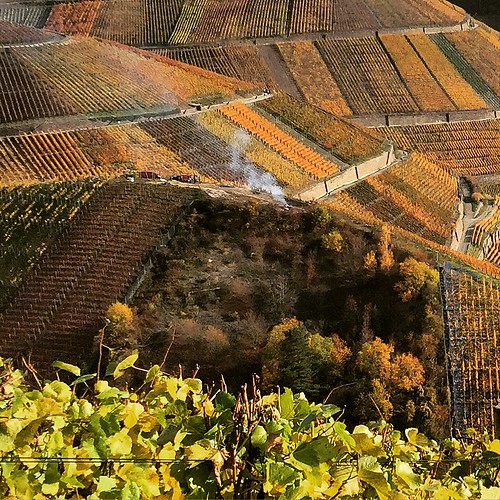- Gastronomy comes to the Amazon.
- Maybe it should come to Tikal too.
- You know it’s already in Mexico.
- Not to mention Peru.
- Preparing decent coffee counts as gastronomy, I guess. But SL28 is not genetically engineered. Not in the usual sense, anyway.
- Not sure that eels have much of a future in gastronomy.
- Into Africa: Indian seeds. And Indian gastronomy along with them?
- Feralization is not domestication in reverse. Lots of gastronomic potential, though.
- Meanwhile…
Nibbles: Tree conservation, Seed fairs, Baobab powder, Simran’s book, Cheesy prince, Companies & CC, Organic breeding
- Crowdfunding the Zero Tree Extinctions project.
- Seed fairs for climate change adaptation in Zimbabwe.
- Make mine a baobab smoothie.
- Another great review of Simran Sethi’s new book Bread, Wine, Chocolate: The Slow Loss of Foods We Love.
- Blessed are the cheesemakers.
- Big Food taking fright?
- Breeding the organic breeders of the future.
Nibbles: Ancient faba, Ampelography double, S. African cattle, CIMMYT in Ethiopia, Seed pix, Heirloom pix, Trifolium genome
- Faba beans came before cereals in Galilee.
- Wine is not quite so old in Georgia, but still pretty old. But will they be able to genotype it?
- South Africa is a cattle melting pot.
- Getting improved wheat out there in Ethiopia.
- These seeds are definitely ready for their close-ups.
- Speaking of close-ups: Amy Goldman has a new book out.
- First forage clover genome. More and more difficult to think of firsts.
Nibbles: Apple duo, Biofortified lentil, Wild sweet potatoes, African supermarkets, Trees on farms, Botanic gardens history, Funny honey, Spice trade, Byzantine bread, Seed longevity, Edible wilds
- In remembrance of apples past.
- What makes for an “outstanding lentil“?
- Sweet potatoes finally get a taste of the wild.
- A tree for every season: ICRAF pushing trees both local and exotic.
- Can Zambian supermarkets support local farmers AND make money? Should get some of those tree products in there.
- Touring the oldest botanical gardens would make for a great round-the-world trip.
- Though I’d probably want to add a quick diversion to taste hallucinogenic honey in Nepal.
- ‘Twas pepper built Venice. That and bread.
- Defence-related genes important in seed longevity.
- What the heck are microgreens? And will they be discussed at the International Symposium on Biodiversity and Edible Wild Species in Turkey next November?
How orange was Ahr Valley
What I want to know is how they harvest on those slopes.
